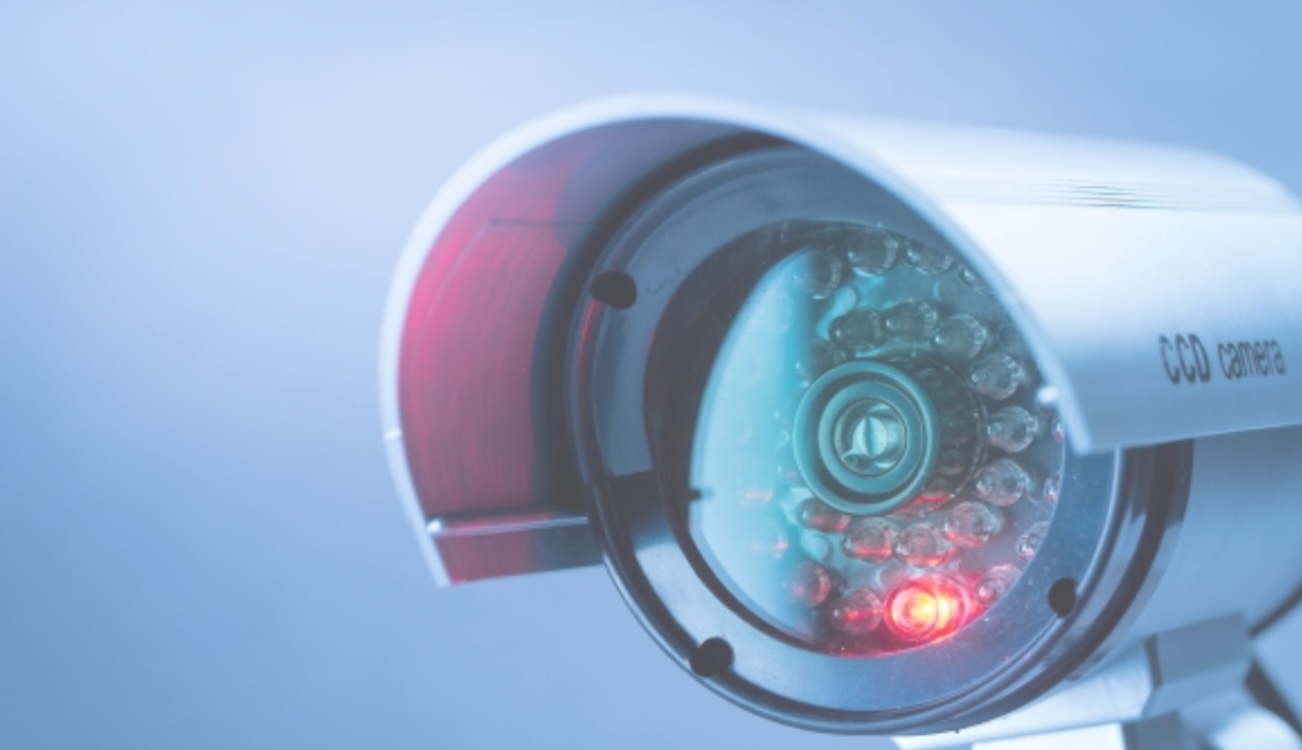
There's no doubt about it—AI is changing the face of law enforcement. From predictive policing to facial recognition, AI is providing new tools for police forces around the globe.
Police departments around the world are starting to use artificial intelligence (AI) to help with crime prevention. AI can be used in a number of ways to improve local policing, including predicting crime patterns, helping officers make better decisions while on patrol, and analyzing data from past crimes.
In this blog post, we will discuss how AI can be used to improve local policing and why it is an important tool for law enforcement agencies.
What Is Artificial Intelligence and How Can It Be Used in Policing Strategies?
AI or artificial intelligence is a term that is used to describe a computer system that has been designed to mimic human intelligence. This means that AI systems are able to learn and make decisions on their own.
There are many different ways that AI can be used in policing strategies. One way is through predictive policing. Predictive policing uses data and analytics to predict where and when a crime is likely to occur. This information can then be used by police officers to prevent crimes from happening in the first place.
Another way that AI can be used in policing is by helping officers make better decisions while on patrol. AI systems can be used to provide officers with real-time information about potential dangers in their area. For example, if there is a report of a robbery in progress, the AI system can provide officers with the location of the nearest police station, as well as the fastest route to get there.
AI can also be used to analyze data from past crimes. This information can be used to identify crime patterns and help police departments develop new strategies for preventing and solving crimes.
How Artificial Intelligence Can Help Reduce Crime Rates and Improve Safety for Citizens
There are many benefits of using AI in policing strategies. Police departments can leverage AI technologies that help them in data collection, predicting crime patterns, conducting surveillance, and using facial recognition that will enable them to employ predictive policing programs.
1. Utilization of Predictive Policing Programs
Predictive policing is a data-driven law enforcement strategy that uses artificial intelligence, analytics, and machine learning to identify and prevent crime.
One of the benefits of predictive policing is that it can help police departments allocate resources more effectively. By using data and analytics to predict where and when crimes are likely to occur, police departments can deploy officers to these areas before the crimes take place. This helps prevent crime and keep citizens safe.
2. Improved Surveillance Systems
Another benefit of using AI in policing is improved surveillance. AI systems can be used to monitor public areas for suspicious activity. For example, if a camera detects a person loitering in a school after dark, the AI system can send an alert to the police department. This allows officers to investigate the situation and take appropriate action.
3. Use of Facial Recognition Systems
Facial recognition capabilities is another area where AI can be used to improve policing. This technology can be used to identify suspects who have been captured on CCTV footage. It can also be used to scan crowds for people who are on the run from the law.
Facial recognition is a controversial technology, but it has the potential to help reduce crime rates and improve public safety.
4. Improved Analytics and Data Collection
AI can also be used to improve analytics and data collection. This information can be used to identify crime patterns and help police departments develop new strategies for preventing and solving crimes.
It can also be used to track the effectiveness of existing policing strategies. For example, if a police department is using predictive policing to reduce crime in a certain area, AI can be used to track the results of this strategy.
5. Increased Transparency and Accountability
Another benefit of using AI in policing is that it can help increase transparency and accountability. For example, if a police department is using facial recognition to identify suspects, the results of this technology can be made public. This will help increase trust between the police department and the community.
AI is a powerful tool that can be used to improve policing. By using AI, police departments can improve their decision-making, increase transparency and accountability, and allocate resources more effectively. This will help reduce crime rates and keep citizens safe.
6. Biometrics Data Collection
Another great way AI is being used currently by some police forces is in the collection of biometrics data. This can include collecting DNA samples at crime scenes or taking fingerprints from known criminals.
This information can be stored in a database and used to solve crimes. For example, if a DNA sample is found at a crime scene, it can be compared to the DNA database to see if there is a match. This can help identify suspects and solve crimes.
7. Drones
Drones are another area where AI is being used to improve policing. Drones can be used for surveillance and can also be equipped with facial recognition technology.
This can help identify suspects and prevent crime. Drones can also be used to monitor large crowds, such as at sporting events or concerts. This helps keep people safe and prevent crime.
AI is a powerful tool that can be used to improve policing. By using AI, police departments can improve their decision-making, increase transparency and accountability, and allocate resources more effectively.
8. Robots
Robots are another area where AI is being used to improve policing. Robots can be used for a variety of tasks, such as surveillance, data collection, and biometrics data collection.
This helps reduce the workload of police officers and allows them to focus on other tasks. Robots can also be equipped with facial recognition technology to help identify suspects.
AI is a powerful tool that can be used to improve policing. By using AI, police departments can improve their decision-making, increase transparency and accountability, and allocate resources more effectively. This will help reduce crime rates and keep citizens safe.
The use of AI in policing is becoming more and more popular as technology advances. Police departments are using AI to improve their decision-making, increase transparency and accountability, and allocate resources more effectively.
9. Thermal Imaging
Thermal imaging is another area where AI is being used to improve policing. Thermal imaging can be used to detect people who are hiding, such as in a crowd or in a building.
This information can then be used to deploy resources to these areas in order to prevent crime from happening. Thermal imaging has been shown to be effective in reducing crime rates.
AI is a powerful tool that can be used to improve policing. By using AI, police departments can improve their decision-making.
How City Governments Are Using Machine Learning to Improve Services
City governments are now using machine learning to improve a variety of services. This includes things like transportation, waste management, and public safety. Currently, law enforcement agencies from different parts of the world are utilizing predictive policing systems and effective data collection in order to keep their citizens safe.
For example, in the United States, the police department in Chicago, Illinois has been using machine learning algorithms to help them identify potential crime hotspots. This information is then used to deploy law enforcement officials to these areas to prevent crime from happening. As a result, the city has seen a 25% reduction in gun violence.
Meanwhile, in Austria, emerging technologies in AI are being used for the analysis of investigation data. With big data analysis, many law enforcement agencies are able to classify and extract important information, prepare massive amounts of crime data for the detection of semantic correlations, and predict future crime trends.
Other critical areas where automated systems are currently being implemented to support law enforcement include:
- Using biometric data to identify potential criminals
- Identifying fake social media accounts that are used to spread false information using social media data
- Automated license plate readers and plate recognition to identify stolen vehicles
- Facial recognition software to identify criminals and missing persons
- Body-worn cameras that help to improve officer safety and accountability
These are just a few examples of how artificial intelligence technologies are being used to improve policing.
As such technology continues to develop at a rapid pace. We are witnessing government entities and law enforcement officers using machine learning to better manage criminal records, improve the prevention of violent crime, solve crime faster, increase the capabilities of surveillance tools, and overall create smart cities that ensure the safety and security of the public sector.


